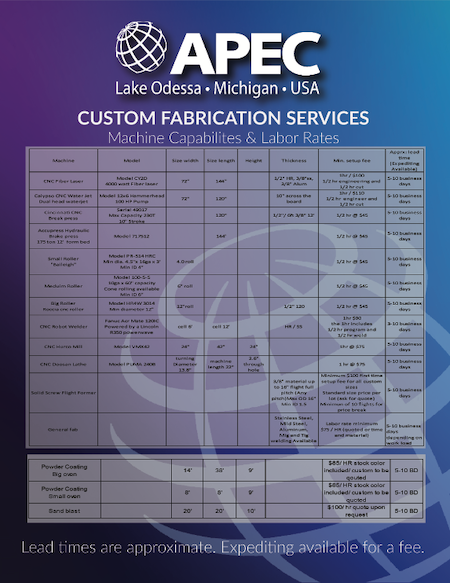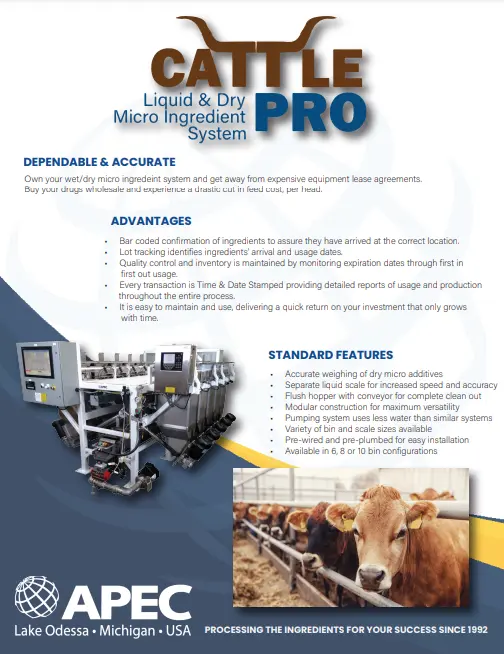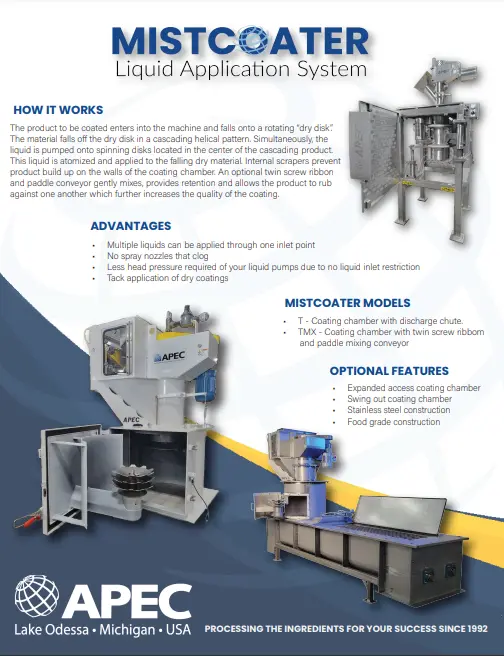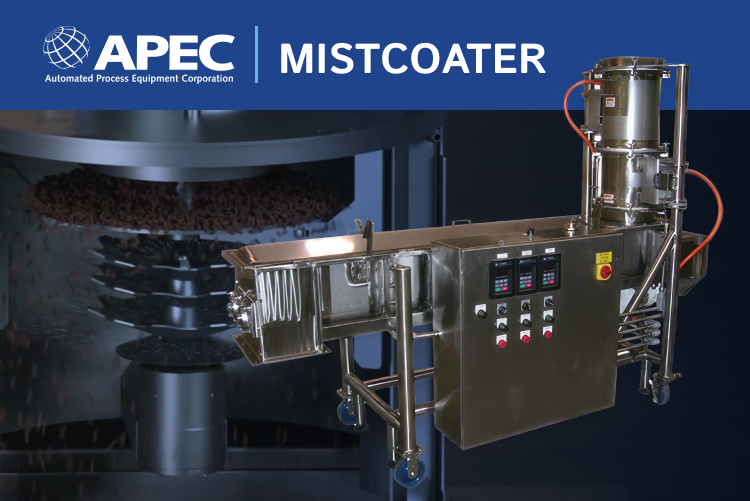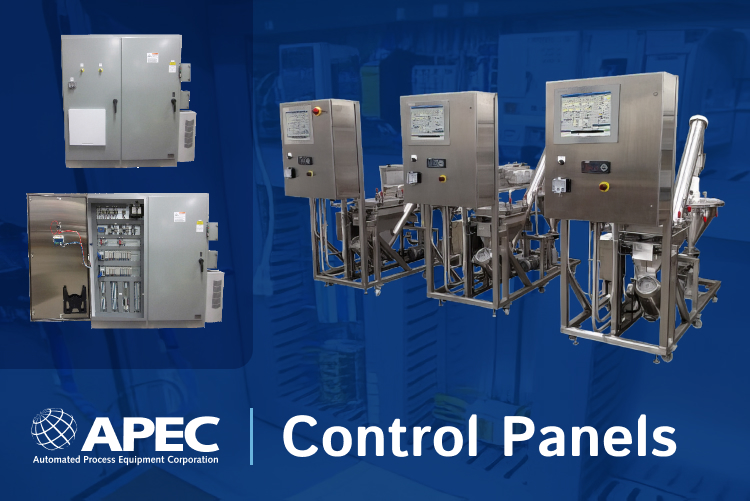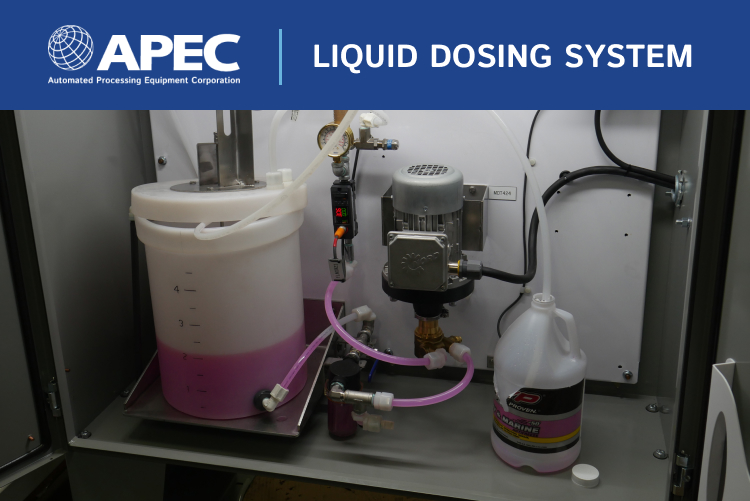
The costs of keeping workers safe in dangerous manufacturing environments is high and will likely continue to rise as the need for PPE and appropriate workplace distancing increases. In these situations, automation not only presents an opportunity to reduce costs and improve efficiency, but also reduce the human costs—workplace injuries and illness. While automation has always had the ability to disrupt labor markets, the benefits of automation to businesses and to human health and safety far outweigh their drawbacks.
In this blog post, we’ll take a closer look at the benefits of automation in manufacturing, as well as examples of these benefits in automated bulk material handling, premix processing, traceability and more.
8 Benefits of Automation for Businesses and Employees
According to MIT, automation equipment has the potential to replace 3.3 workers in a given position in the U.S. While this can shrink labor markets, it also has the potential to create the distance between employees now necessary to prevent the spread of illness. Giving repetitive, dangerous, close-proximity work over to machines also has multiple benefits.
1. Reduced Direct Labor Costs
Reduced labor costs are one of the first benefits of automation that comes to mind. With the jobs of three or more workers completed by a machine, the costs of wages must be balanced against the costs of initial investment, upkeep and maintenance. With a proper maintenance schedule, a machine can continue operating effectively for many years for a fraction of the cost of three employees.
Example Benefits of Automation: Microingredient Systems
Automated microingredient systems are one example of highly beneficial automation improvements in bulk material handling and premix processing. These systems are designed to measure and dispense microingredients with precise accuracy and great speed. This eliminates the need for an employee to hand-add ingredients, and frees them to take on more important tasks.
2. Reduced Injuries
Looking at work-related injuries, manufacturing is one of the most dangerous industries, second only to social assistance occupations, such as emergency response. Research shows automation can reduce three out of the five leading causes of workplace injuries, including contact with harmful objects, heavy lifting, and repetitive stress injuries. In total, robots and automation equipment have the potential to reduce workplace manufacturing injuries by up to 72%.
Example Benefits of Automation: Reducing Heavy Lifting Injuries
One of the biggest benefits of automation in manufacturing or bulk material handling is the ability to take employees out of dangerous or physically stressful situations. In bulk material handling, an easy way to reduce heavy lifting injuries is through the use of bulk bags. With the proper bulk bag unloader design, bulk bags and fork lifts can offer a safer alternative to fifty-pound bags, while also making the system more efficient.
3. Reduced Indirect Labor Costs
In 2017, the National Safety Council found the total costs of workplace injuries amounted to $161.5 billion. This includes not only medical costs, but also costs due to lost time and administrative expenses. One of the benefits of automation includes reducing workplace injuries, and also reducing the associated administrative and paid leave costs. This also reduces other indirect labor costs, such as 401k benefits, overtime, sick leave and more.
Example Benefits of Automation: Bridging the Skills Gap
Costs associated with recruitment, hiring and training are another indirect labor cost that automation can help to reduce. These costs, as well as the costs associated with leaving essential positions unfilled, are well-known to manufacturers; by 2030, the skills gap in manufacturing is expected to leave 2.1 million jobs unfilled, costing up to $1 trillion total. Using automated machines in manufacturing, such as robot welding for select welding tasks, can help to decrease the total workforce needed, allow your business to continue growing without expensive recruitment, and allow talented employees to spend time on more challenging, engaging tasks that robots are not equipped to handle.
4. More Accurate Record-Keeping
While a person can easily mismark a sheet or push the wrong button, a machine that is installed and set up properly will always perform the task as directed. This is especially helpful when detailed record-keeping is mandatory, such as tracking required by FSMA and other regulations. When inaccurate record-keeping can create hazards, such as tracking and recalling tainted food, a machine’s diligent record-keeping can also help to protect consumers.
Example Benefits of Automation: Ingredient Tracking
Ingredient automation systems can be integrated with RFID and other tracking systems to ensure accurate, up-to-date record-keeping. This provides end-to-end traceability from raw materials to finished products, with no extra tasks required for workers, beyond the need to verify that the system is working properly. This is one benefit of automation in bulk material handling that not only removes tedious tasks, but also removes human error through mismarking or mislabeling.
5. Improved Consistency
Machines do not get distracted or side-tracked with another task, and there’s very little variability in a machine’s performance. This means the task will be performed the same way every time. From dispensing ingredients to assembling parts and everything in between, automation improves consistency across the process and in the final product, improving quality and reducing costs of product defects.
Example Benefits of Automation: Robot Welding
While humans have the unique ability to assess a process and make adjustments, a robot’s or machine’s main strength is its ability to repeat a task exactly, with no adjustments. Robot welding is one example of this automation improvement in manufacturing. With the ability to complete welds with tolerances as tight as ± 1 mm or better, machines can improve consistency, while the human welder can make more complex welds and adjust the joints, current, travel speed and take other steps as needed.
6. Increased Efficiency
A person cannot be expected to work continuously without breaks. A person also has limits to the speed with which they can work safely. A machine also has limits, though they’re much greater than a person’s. With proper installation and programming, automated equipment can work almost seamlessly together, running at the same time and all but eliminating downtime completely.
Example Benefits of Automation: Automated Routing
When one process is finished, the product must move downstream to the next process, until it’s bagged and shipped. And, for materials to move through a process effectively, they must move to the appropriate storage area. In some cases, this requires an employee to route material to the next process or move to the next bin when the first is filled. This not only presents room for error, but also introduces a shut-down condition if the employee is dealing with another task and is not available to route the material. Automatic routing is an easy material handling automation improvement that can increase efficiency dramatically.
7. Freedom From Monotony
Automated equipment is ideal for repetitive tasks. A machine can be programmed one time and work quickly and consistently for the rest of its useful lifetime. By contrast, humans perform better when tasks are engaging, requiring critical thinking and multiple skill sets. Removing monotonous, repetitive and, often, dangerous tasks, allows employees to take on more challenging and important tasks. Machines should not be expected to monitor themselves, and trained personnel must be able to calibrate, test and verify that the machines are working properly.
Example Benefits of Automation: Automated Controls
Automated controls are designed to free employees from the monotonous task of moving material or products through the processing line. Without automated controls, employees may stop a machine when it’s finished, move the product to the next one, and start it. While this might only take a few seconds, it’s inefficient and introduces monotony that, when in close proximity to high-powered equipment, can be dangerous. With synchronized, automated controls, each process starts and stops automatically.
8. Continuous Improvement
With automated equipment performing the same tasks consistently, there are fewer variables to measure. This makes it easier to monitor a process and isolate problems. By placing sensors at key points in the process, managers can track variation and maintain accuracy, or make corrections to improve the process. With different workers performing a process in slightly different ways, it is more difficult to uniformly make improvements.
Example Benefits of Automation: Sensing Motor Overwork
Machine sensors have nearly unlimited uses, but one of the most common is the ability to reduce error and prevent shut-down conditions or potential hazards. Sensors monitoring amp draw on particular machines can detect when the motor is overworking. This can show when a load is too heavy and weighing instruments may be off. It can also reveal the potential for overheating or sparking, which can cause deadly powder fires or explosions. With hundreds of dust fires and explosions occurring every year, claiming hundreds of lives around the world, any potential to use automation to reduce these incidents is a powerful benefit.
Automation equipment can upset labor markets, however this equipment can also protect workers from hazards. Giving dangerous and monotonous tasks over to machines and reducing the total number of workers in a facility has the potential to reduce the spread of illness and reduce workplace injuries, while also reducing costs. For these machines to perform properly, installation and verification are essential. In our next blog post, we’ll discuss the “Trust, But Verify” principle and its importance in automation.


